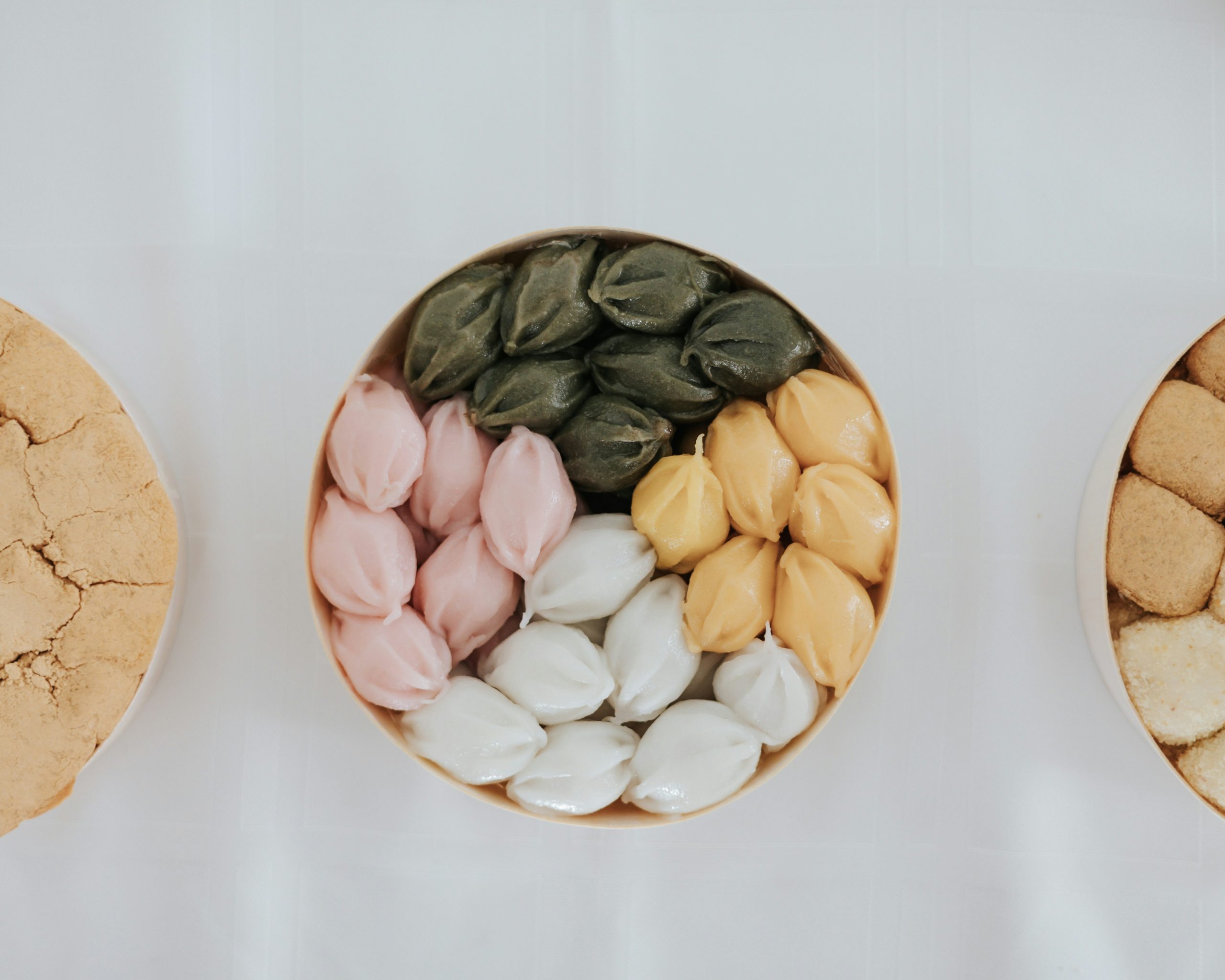**1. Tteok: The ‘Compressed Carbohydrate Bomb’**
Tteok is a traditional Korean snack and meal substitute, but it is one of the foods that people with diabetes must be most cautious about. Tteok is made by grinding rice (usually glutinous or non-glutinous), steaming it, and pounding it. This process destroys the fiber structure of the rice and highly compresses the carbohydrates.
**2. The Impact of Tteok on Blood Sugar**
– **Very High Glycemic Index (GI):** Tteok is a lump of ‘simple carbohydrates’ that is digested and absorbed extremely quickly. Its GI is much higher than that of white rice (over 85-95), causing blood sugar to rise very rapidly and steeply upon consumption. This applies to all types, including garae-tteok, injeolmi, and baekseolgi.
– **High Calorie and Carbohydrate Density:** Compared to the same weight of cooked rice, tteok has less moisture and is compressed, containing much higher calories and carbohydrates. It’s easy for a few small pieces of injeolmi to exceed the calories of a full bowl of rice.
**3. How Should One Consume Tteok?**
– **Avoid if Possible:** If your blood sugar is not well-controlled, it is best to avoid eating it altogether.
– **Just a Taste:** If you must eat it, treat it as a snack, not a meal substitute, and limit yourself to a very small amount (e.g., 1-2 small pieces of garae-tteok).
– **Be Active After Eating:** If you’ve eaten tteok, you need to make an effort to prevent your blood sugar from spiking excessively by engaging in light physical activity, such as a walk.
Summary: Tteok is not ‘rice’ but ‘highly concentrated carbohydrate,’ and it raises blood sugar much faster and higher than rice. People with diabetes should not consider tteok a meal substitute and should minimize its consumption as much as possible.


Leave a Reply